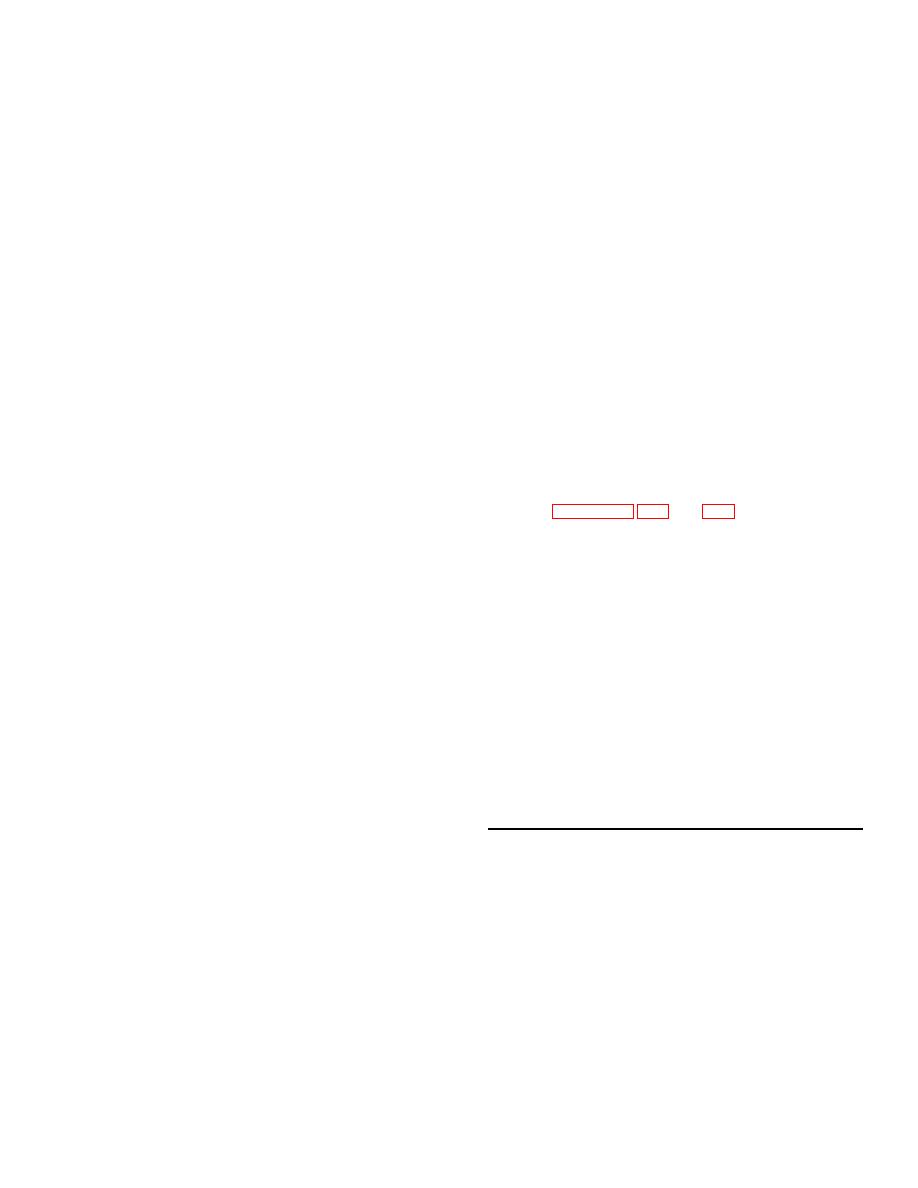 |
|||
|
|
|||
|
|
|||
| ||||||||||
|
|
 TB 43-0002-3
(TMs) that apply. Faults, deficiencies, repair parts required, nature and extent of repair, overall condition, direct labor
man-hours, and labor costs needed to restore the aircraft to proper standards of serviceability are part of the Technical
Inspection.
e. Deterioration. A gradual reduction in the structural integrity of aircraft or components, from their original state,
caused by the environment and/or negligence. The most common causes of environmental deterioration are galvanic
corrosion caused by dissimilar metals and moisture, oxidation (rust), elastomer degeneration caused by ozone attack, and
polymer degradation caused by ultraviolet radiation. The most common cause of negligent deterioration is the failure to
follow established maintenance procedures.
f. Damaged Beyond Repair. Aircraft damaged, deteriorated, or destroyed to the extent that no functional
components, structural parts or assemblies can be economically reclaimed for further use.
g. Replacement Cost. The amount of funds needed to pay for the aircraft if procured on the current market.
Replacement costs are formulated and updated annually by respective Army aircraft managers.
SECTION II. GENERAL
2-1. General Policy. To prove that the repair/overhaul is cost effective, the cost of repairing/overhauling an aircraft
must be considered before the start of any major repair/overhaul action. The cost to repair/overhaul should not exceed
the net worth of the aircraft, as compared to the cost of a new item. To prevent uneconomic repair/overhaul actions,
maintenance expenditure limits have been established as identified in Tables 2-1, 3-1 and 3-2. These limits are
established as the cut off point for requiring a request for disposition instructions. These limits are based on the aircraft
system's value to the Army and may vary from the actual maximum repair cost authorized by management. No repair
actions are authorized unless one or more of the following conditions exist:
a.
The estimated man-hours or dollar cos ts to repair are less than the established MEL.
b.
A waiver to exceed the MEL is granted.
c.
The item is exempt from MEL considerations.
SECTION III. REQUIRED ACTIONS
3-1. Procedure.
When an aircraft is damaged as a result of accident, mishap, incident, natural disaster,
or when major damage and/or deterioration is discovered, the extent of the problem must be determined.
All damaged and/or deteriorated aircraft will be subjected to a damage assessment evaluation. This evaluation must
establish the full extent of the damage and/or deterioration, to include all faults and deficiencies that existed prior to
2
|
|
Privacy Statement - Press Release - Copyright Information. - Contact Us |